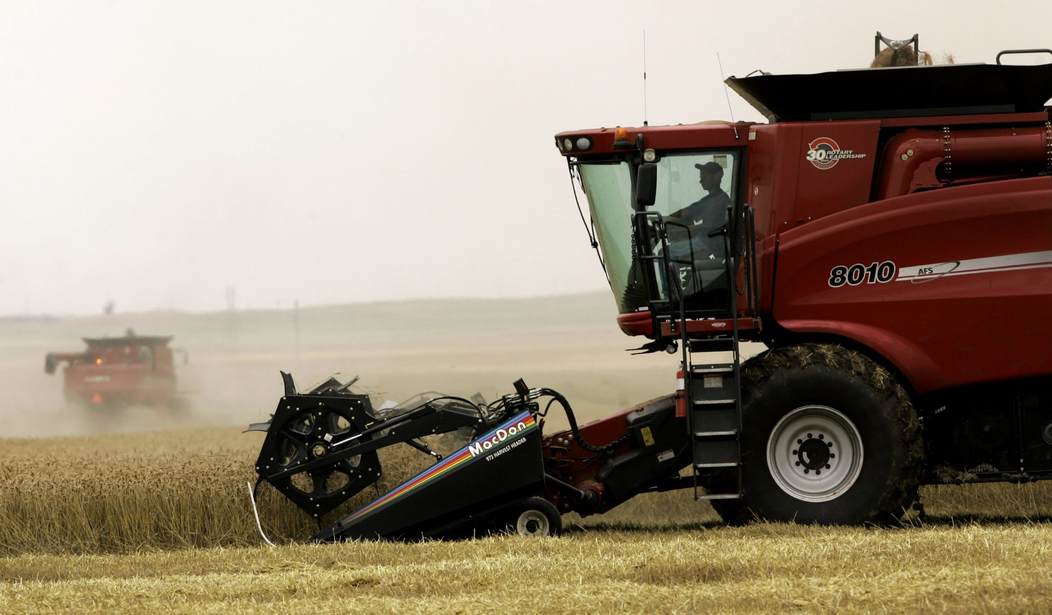All modern famines are man-made, usually the result of war, disease, and stupidity. In 2022, all the elements necessary for a historic famine are present and in abundance, leading many experts to the conclusion that the food crisis that will be upon us shortly will be a catastrophe.
The Ukraine War is affecting the output of the second most important breadbasket in the world. Together, Russia and Ukraine supply “28% of globally traded wheat, 29% of the barley, 15% of the maize, and 75% of the sunflower oil,” according to The Economist.
Russia and Ukraine contribute about half the cereals imported by Lebanon and Tunisia; for Libya and Egypt the figure is two-thirds. Ukraine’s food exports provide the calories to feed 400m people. The war is disrupting these supplies because Ukraine has mined its waters to deter an assault, and Russia is blockading the port of Odessa.
Even before the invasion the World Food Programme had warned that 2022 would be a terrible year. China, the largest wheat producer, has said that, after rains delayed planting last year, this crop may be its worst-ever. Now, in addition to the extreme temperatures in India, the world’s second-largest producer, a lack of rain threatens to sap yields in other breadbaskets, from America’s wheat belt to the Beauce region of France. The Horn of Africa is being ravaged by its worst drought in four decades. Welcome to the era of climate change.
And the price of grain is going through the roof. The price of wheat went up 53% this year and jumped another 6% after India said it would suspend exports because of a lengthy heatwave.
The cost of staples like wheat, barley, and sunflower oil has risen so dramatically that the number of people threatened with famine has gone from 440 million to 1.6 billion.
That’s an intolerable situation. The political unrest that resulted from these famines would further interrupt supplies and cause shortages everywhere, including in the West.
The crisis threatens to get worse. Ukraine had already shipped much of last summer’s crop before the war. Russia is still managing to sell its grain, despite added costs and risks for shippers. However, those Ukrainian silos that are undamaged by the fighting are full of corn and barley. Farmers have nowhere to store their next harvest, due to start in late June, which may therefore rot. And they lack the fuel and labour to plant the one after that. Russia, for its part, may lack some supplies of the seeds and pesticides it usually buys from the European Union.
There are no good options. Who can afford to be generous when their own people are at risk of not getting enough to eat? Altruism is a very good thing and in some ways, the U.S. sending food abroad during a global famine would be a good policy if it could lead to political stability in a key part of the world.
But you have to believe that what happened with the COVID-19 vaccine would happen with food as well. There would be a lot of talk internationally about the “responsibility” of rich nations to feed the poorer ones. That may be true to a certain extent — but only after our own people are taken care of. We don’t elect presidents or members of Congress to starve our own people so that leftists can feel good about themselves by giving away the product of American agricultural genius.
Sharing scarcity is not an option. You want food riots in America? Try giving food away during a famine.










Join the conversation as a VIP Member